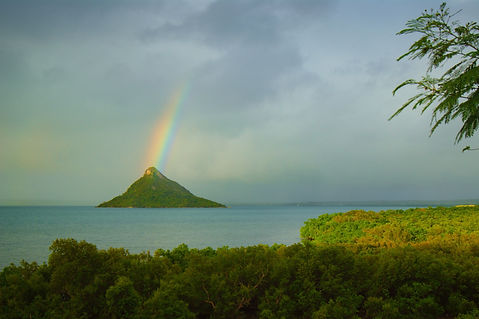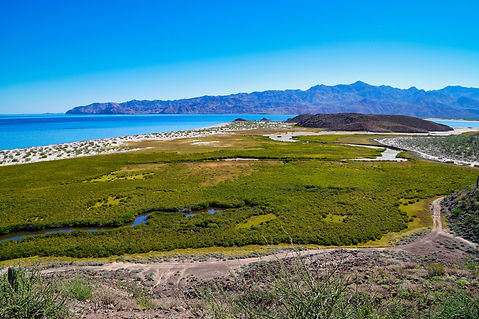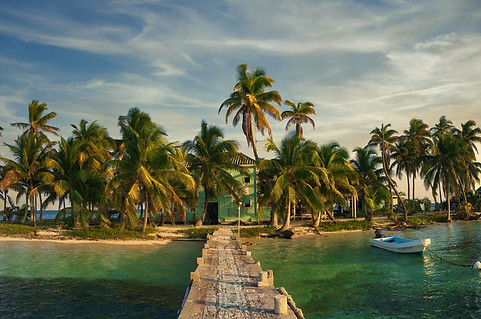
Scientific Research
Overall, my interest spans across species range dynamics and ecosystems response to stressors, whether these are caused by anthropogenic or environmental factors. This has led me to focus on these two overarching research questions:
-
How will climate change impact ecosystems around the world in terms of range expansion or contraction?
-
How will these systems respond to direct anthropogenic impacts, development, and management strategies currently being implemented?
-
-
How will climate and land-use changes impact the structure, stability, and function of ecosystems?
-
How will these changes impact human health and well-being, particularly in developing countries?
-
My approach combines environmental remote sensing with field studies and manipulative experiments to observe ecosystems on a variety of spatial and temporal scales. With the help of statistical analysis and modeling, we can begin to address basic and applied biogeographical and societal questions
I am currently focusing on mangrove forests, which are an essential coastal habitat widely distributed along tropical and sub-tropical coasts across the globe. Mangrove forests are highly valuable and productive, and are considered to be amongst the most carbon-rich forests in the tropics. They are also providing a wide range of ecological, human, and societal services. Mangroves protect and stabilize shorelines, serve as nurseries for commercially important fisheries, and filter sediments and nutrients from upland runoff.
Every year, 1-2% of mangroves disappear worldwide, which surpasses the declines observed in adjacent coral reefs and tropical rainforests. This is mainly due to clearing for urban development, aquaculture, resource extraction, and the deterioration caused by pollution and over-sedimentation. We are becoming increasingly aware of the importance of mangroves for billions of coastal inhabitants, especially in terms of climate change mitigation (sea-level rise and storm impacts), and the sustainability of fisheries. As a result, a major focus is now being put on reforesting and restoring these ecosystems.
Another facet of mangrove dynamics is climate-driven, as their distribution has been increasingly impacted by climate change, and specifically changes in temperature and rainfall patterns. We can observe dramatic responses in many coastal wetlands near tropical–temperate transition zones, where mangroves have rapidly been encroaching into salt marshes. However, mangroves are critically threatened ecosystems and are prone to deforestation due to urban expansion, aquaculture, farming, and logging.
As a result, mangroves have been the object of two essential dynamics:
Range expansion due to climate change.
Habitat degradation or restoration due to anthropogenic activity.
You can find more about my most up-to-date publications on Google Scholar or ResarchGate:
In order to address these questions, remote sensing and fieldwork have been a central part of my work. I have had the opportunity to travel extensively to Florida, Mexico, Belize, Senegal, and The Gambia in order to conduct fieldwork and gather field measurements of mangrove ecosystems.





